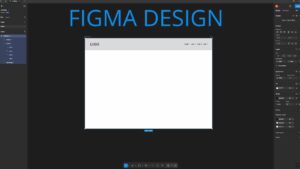The ‘Use Gray Background for User Interface’ option in DaVinci Resolve allows users to switch between different background themes, providing a customizable visual experience that can adapt to various editing environments and personal preferences. Whether you’re looking for a sleek, dark theme to reduce eye strain during long editing sessions or a brighter, gray background for a more neutral look, DaVinci Resolve makes it easy to toggle this setting. This guide will take you through the steps to enable or disable the gray background for your user interface in DaVinci Resolve.
- Open DaVinci Resolve: Launch DaVinci Resolve on your computer. Wait for the application to load up to the main workspace.
- Access the Main Menu: In the upper left corner of the screen, click on the “DaVinci Resolve” menu to reveal the dropdown options.
- Enter Preferences: From the dropdown menu, select “Preferences” to open the Preferences window, where you can adjust a variety of settings.
- Go to User Preferences: Within the Preferences window, find and click on the “User” tab to access settings tailored to your user profile.
- Select UI Settings: Under the User preferences section, locate and choose “UI Settings”. This area allows you to customize aspects related to DaVinci Resolve’s user interface.
- Adjust Background Setting: Look for the option labeled “Use Gray Background for User Interface.” Here, you can choose your preferred background theme:
- To switch to a gray background, providing a neutral and bright interface, set this option to ‘On’.
- For a darker theme, which some find reduces eye strain, especially in low-light conditions, set this option to ‘Off’.
- Apply and Confirm: After selecting your preference, click ‘Save’ or ‘Apply’ to implement the changes. You may need to restart DaVinci Resolve for the changes to fully take effect.
Personalizing the background of your DaVinci Resolve interface can not only enhance the aesthetic appeal of your workspace but also provide practical benefits, such as reduced eye strain or improved visibility in different lighting conditions. By following these simple steps, you can easily toggle between a gray or darker background, ensuring that your software’s appearance aligns with your personal editing preferences and comfort.

